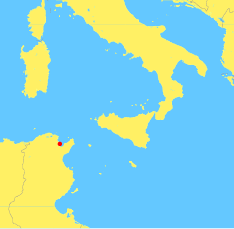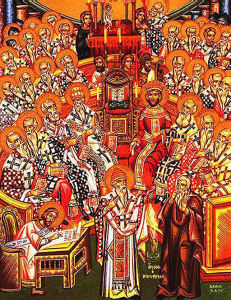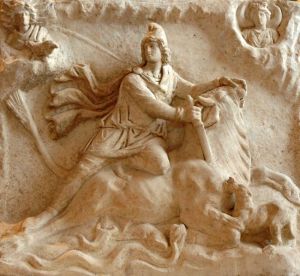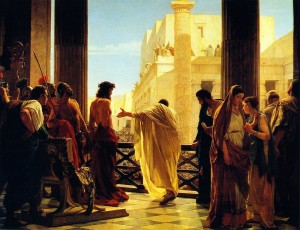
The Christmas Tree, Albert Chevalier, 1911, via Wikimedia Commons
In so many ways, Christmas is the best time of the year. People seem friendlier and more generous, decorations and parties abound, delicious food is served in abundance, and most people get to enjoy a much needed vacation. But many of the traditions associated with Christmas, including Christmas trees, gift giving, Santa Claus, and even the date of December 25th, have no direct biblical basis. Some are even rumored to have strongly pagan roots and may be actually opposed to Christianity! As a result, some Christians criticize these traditions while some non-Christians point out that they are just more examples of what makes Christianity fraudulent in their minds.
Well, what is the truth? Continue reading →
 Answering the Critics: The Final of a 3-Part Series
Answering the Critics: The Final of a 3-Part Series








